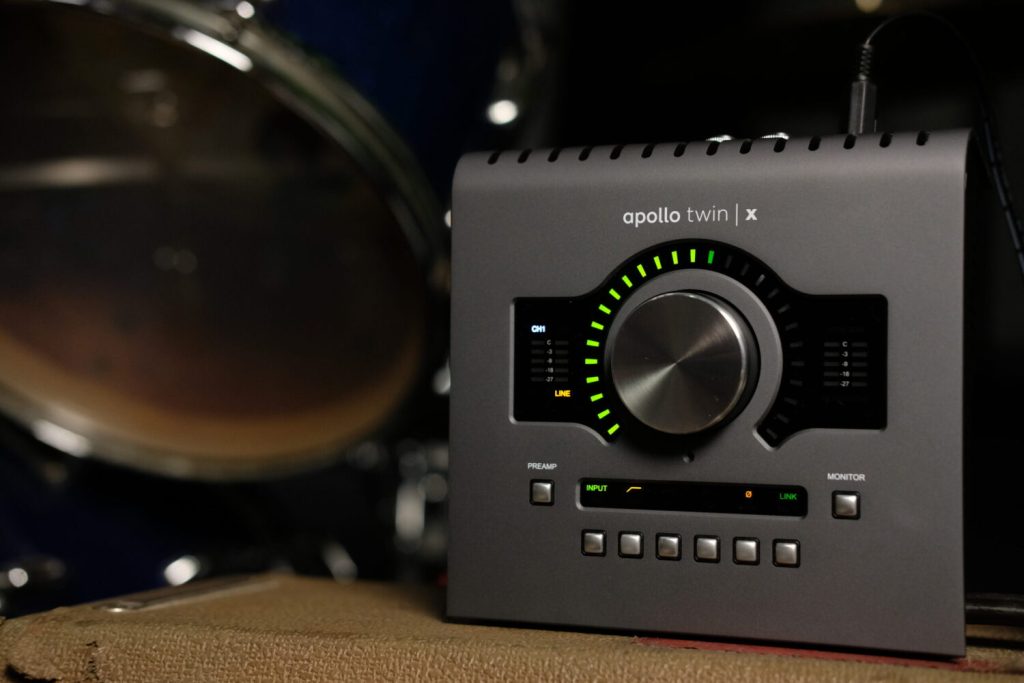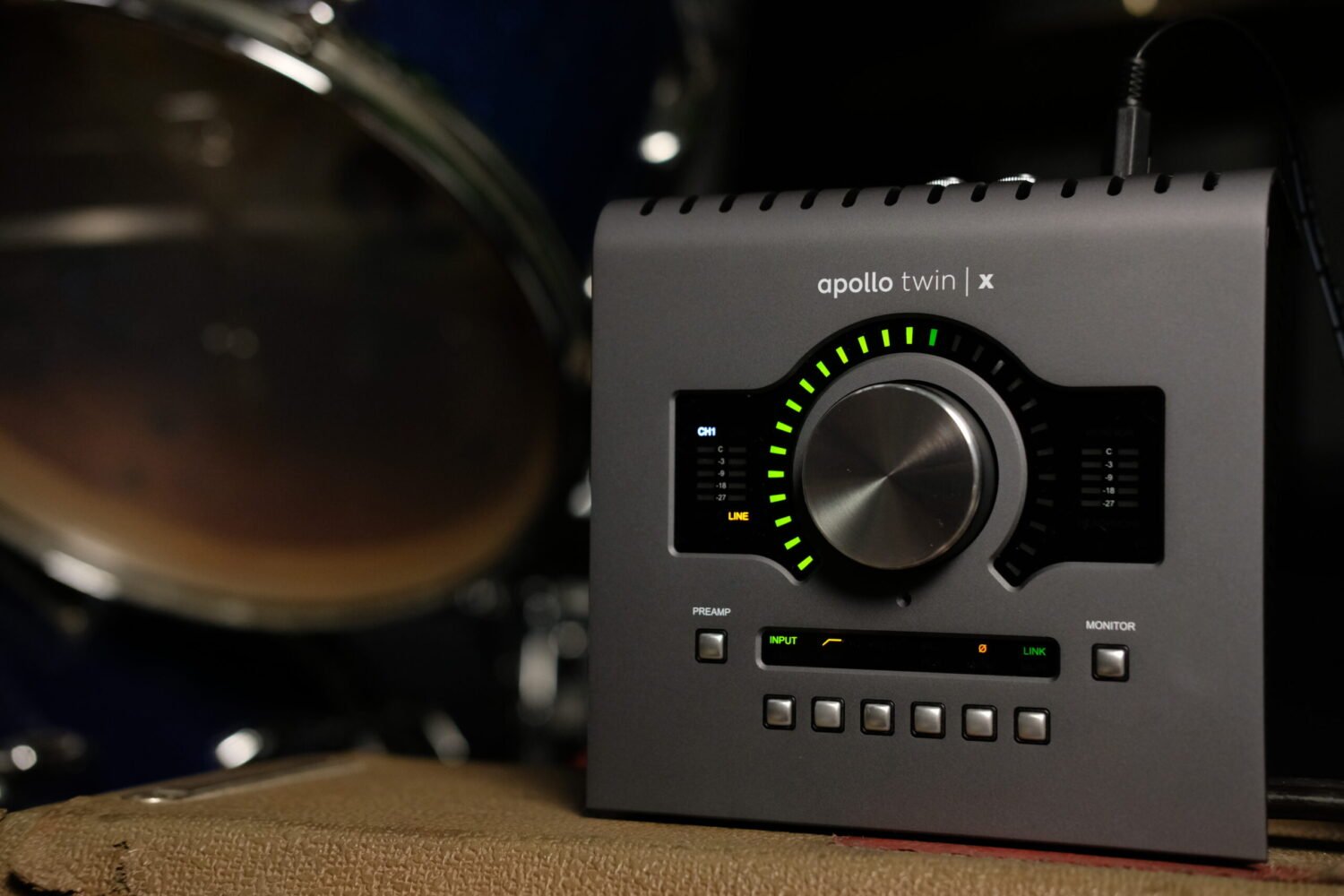If you’re a musician, podcaster, or music producer, having one of the best audio interfaces can make all the difference in your sound quality. Whether you’re setting up your first home studio or upgrading your existing gear, choosing the right interface is essential. The right one can help you achieve clear, professional-quality recordings without breaking the bank. In this guide, we’ll break down the best audio interfaces, what to look for, and how to find the perfect match for your setup.
Explore
- 1 What Exactly is an Audio Interface?
- 2 Key Features to Look for in the Best Audio Interfaces
- 3 Top Best Audio Interfaces for Every Music Creator
- 4 Choosing the Right Audio Interface for You
- 5 Mistakes to Avoid When Buying an Audio Interface
- 6 Frequently Asked Questions (FAQ)
- 7 Your Next Step to Better Sound
What Exactly is an Audio Interface?

An audio interface is the gateway between your instruments, microphone, and computer. Unlike the basic sound card in your laptop, the best audio interfaces offer higher-quality preamps, better digital conversion, and multiple connectivity options, ensuring you get the best possible sound.
Key Features to Look for in the Best Audio Interfaces
Connectivity That Works for You
Audio interfaces come with different connection types, like USB, Thunderbolt, and PCIe. USB models are great for versatility and compatibility, while Thunderbolt interfaces provide lightning-fast data transfer and ultra-low latency—ideal for professionals.
Inputs and Outputs: What Do You Need?
Think about your setup. If you’re a singer-songwriter, a simple two-input interface will do. But if you’re recording a full band, you’ll need something with more inputs and outputs to handle multiple mics and instruments.
Sound Quality and Preamps
High-quality preamps make all the difference in your recordings. The best audio interfaces offer low-noise, high-gain preamps that capture every detail, from the softest whispers to the loudest choruses.
Low Latency for Real-Time Monitoring
Ever tried to record and heard an annoying delay in your headphones? That’s latency. The best audio interfaces have optimized drivers and direct monitoring features to ensure real-time sound without lag.
Build Quality for Studio or On-the-Go
If you’re producing music from a home studio, you might not worry too much about portability. But if you’re a touring musician or record on the go, a sturdy, compact interface is a must.
Top Best Audio Interfaces for Every Music Creator
1. Focusrite Scarlett 2i2
One of the most loved best audio interfaces in the industry. It’s beginner-friendly, offers solid sound quality, and is an affordable choice for home studio setups.
2. Universal Audio Apollo Twin X
Want pro-level sound? The Apollo Twin X is a beast, featuring Thunderbolt 3 connectivity, built-in DSP processing, and Unison preamps that deliver incredible warmth and detail.
3. PreSonus Studio 1824c
Need more inputs? This interface is perfect for full-band recording sessions. It features low-latency monitoring, rock-solid preamps, and a solid build quality.
4. MOTU M2
A fantastic option if you want crisp, clean sound without spending a fortune. The MOTU M2 is an excellent pick for home studio enthusiasts who care about high-resolution audio.
5. RME Babyface Pro FS
For the serious pros out there, the RME Babyface Pro FS is a powerhouse. It offers ultra-low latency, pristine sound clarity, and is built like a tank.
For a deeper look at premium audio gear, check out theautonomics.com, a great resource for musicians and producers looking for expert recommendations on the latest recording equipment.
Choosing the Right Audio Interface for You
What’s Your Recording Setup?
A solo artist with a guitar and a mic has different needs than a producer recording full bands. Pick an interface that matches your setup so you don’t pay for unnecessary features.
Consider Your Budget
The best-audio-interfaces come in a range of prices. Entry-level models provide great quality without a huge investment, while higher-end models offer the best preamps and conversion.
Is It Compatible with Your Software?
Not all interfaces work perfectly with all digital audio workstations (DAWs). Make sure to check compatibility before buying.
Future-Proof Your Setup
Thinking of expanding your studio? Choose an interface that allows for additional inputs or supports ADAT expansion for more flexibility.
Mistakes to Avoid When Buying an Audio Interface
Ignoring Latency
Latency can ruin your recording experience. Choose an interface with optimized drivers for smooth playback and monitoring.
Skimping on Build Quality
Cheaply built interfaces might not hold up to years of use. The best-audio-interfaces come with rugged designs that last.
Not Checking Compatibility
Some interfaces require specific drivers or software. Always check that it’s compatible with your OS and recording software.
Frequently Asked Questions (FAQ)
What’s the best audio interface for beginners?
The Focusrite Scarlett 2i2 is a fantastic option for beginners thanks to its ease of use and high-quality preamps.
Can I use an audio interface with my phone?
Some best-audio-interfaces support mobile devices via USB-C or Lightning adapters, but always check compatibility.
How many inputs do I need?
Solo musicians typically need two, but bands and producers might need eight or more.
Will an audio interface make my recordings sound better?
Yes! The best-audio-interfaces enhance sound quality with better preamps and superior digital conversion.
Is Thunderbolt better than USB?
Thunderbolt offers lower latency and faster speeds, but USB is more common and widely compatible.
Your Next Step to Better Sound
Choosing the best-audio-interfaces is a game-changer for musicians and producers. Whether you’re just starting out or looking for a pro-level upgrade, investing in a solid interface will make all the difference in your recordings. Make sure to check out theautonomics.com for expert reviews and recommendations on the latest music gear!
